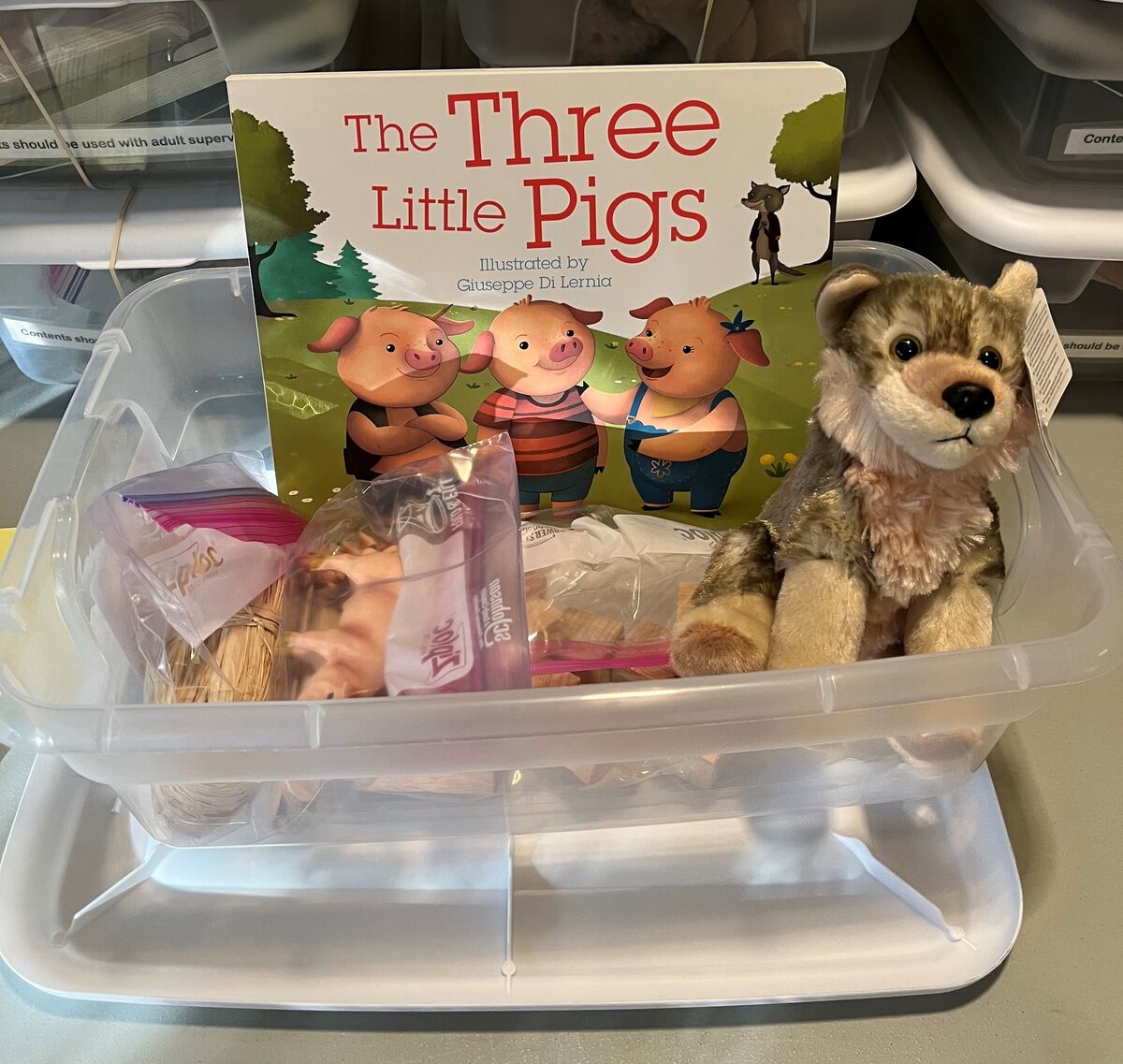Blog: Braille at a Young Age
A teacher of the visually impaired (TVI) is a qualified instructor who is specialized in teaching children with vision impairments. They assess each student's needs and teach specific skills based on those needs. Cleveland Sight Center has a couple TVIs on staff, one in the Early Intervention (EI) department and another in our Preschool.

Early Intervention:
While our Early Intervention Specialists work with kids in the “pre-literacy stage,” they use certain strategies to encourage interest in reading and show that books contain information. At this young age, EI specialists use “story boxes” or “story bags” that can connect to a child’s routine or an event, like going to the park, or visiting Grandma’s house. In these cases, the boxes or bags have items for the child to feel and interact with that correspond to the event or routine. For example, the child can hold a leaf as a grown up reads a story, or makes up their own story, about going to the park.
Families receiving EI services often receive books from CSC that have both braille and standard printed words on a page (also known as twin vision books). These encourage kids to feel the braille, regardless of if they have useable vision. Parents can read along as the child feels the braille.
By doing this, they can eventually come to understand braille translates into words! Many of the books at CSC’s preschool are set up in this fashion.
Preschool:
Cleveland Sight Center’s Preschool embraces sensory activities to engage all students, both the children with vision impairments and their sighted peers. The TVI focuses on making every classroom activity accessible for each child’s needs, including pre-braille into curriculum.
With a TVI to encourage braille-themed activities, blind and visually impaired children can keep up with and learn to read at the same pace as their sighted peers. The literacy skills they’re gaining at a young age will help them be braille readers in the future!







